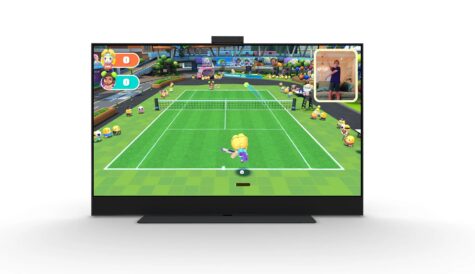Set-top box under threat from connected TVs, operator apps
Web-delivered content via apps and smart TVs will eventually result in the demise of the set-top box, though rights issues present the main challenge to this shift, according to BT Retail’s director of TV Alex Green.
Speaking at the Connected TV World Summit in London on a panel discussion about ‘the virtual pay TV set-top box’ Green said that technology was not the main concern when it comes to a shift towards app-based cloud access, but that removing the networked PVR could present some major challenges.
“I don’t think that there’s any question in the end the set top box will go away – I don’t think anyone doubts that. But some of the main challenges I see not so much from a technology point of view but from a rights perspective. The reality is that a networked PVR has one way of coping with this,” said Green.
“The other way of approaching this is you say everything should be like Spotify for TV – a pure cloud library. You don’t even need to remember to record something, it’s all there. But again the reality is that those permanent, universal rights, simply don’t exist online in that comprehensive way. So there are big challenges in moving to a pure cloud world, which provides exactly the same flexibility, control, immediacy to the consumer that the PVR at the moment does,” he said.
Also speaking on the panel, Swisscom’s strategy and innovation head, Peter Fregelius, predicted that eventually a basic linear TV package of around 100 channels would be available free to consumers with a broadband connection. The role of the operator will then be “to act as the aggregator and really make sure we get all the content that the customer is interested in and aggregate it to them to them in a way that becomes seamless and easy for them to find.
“I do not believe that it’s going to go from set-top box to app. There are going to be intermediary steps there – the set-top box will become smaller and smaller,” he added, giving the example of an HDMI dongle, which could perform the same task.
However, Paul Bristow, VP of strategy consumer experience and middleware at set-top box maker ADB, said: “I’ve heard the prediction of the death of the set-top box many, many times… and I think it all comes from a misunderstanding of what a set-top box is.”
He argued that the set-top essentially represents the difference in technology between what the operators would like to use to drive services and what is built into a TV set. “All we need for the set-top box to go away is for technology to stop improving,” he said.
In a separate session about whether pay TV operators can rely on smart TVs as set top box replacements, IHS principal analyst for TV technology, Daniel Simmons, said this debate was like “comparing oranges with apples: a smart TV is a device that is designed for consuming content, whereas the set-top box is actually a device that aides content delivery.”
Simmons said that while connected devices won’t necessarily replace set-top boxes, they will minimise the number that are needed in the home, with operators eventually able to “provide a very unified, very consistent, pay-TV experience on any device inside and outside of the home” using just one piece of equipment.




